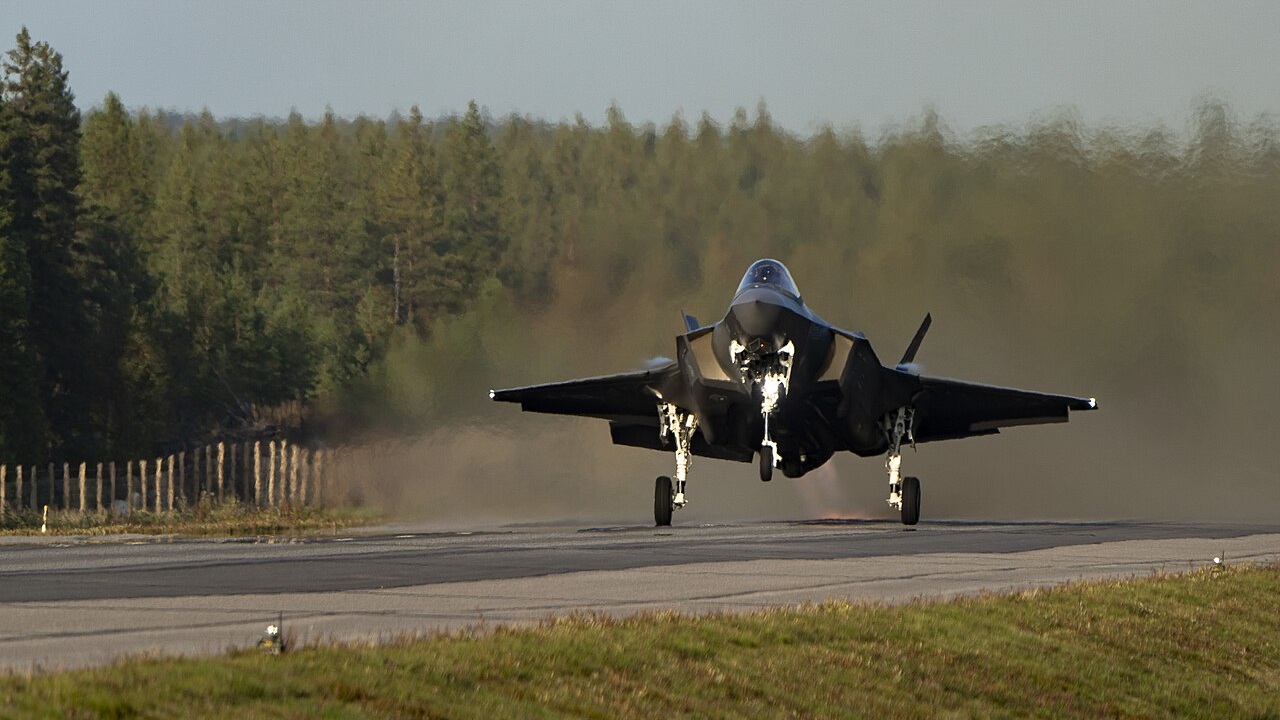The US Air Force has introduced a new strategy to enhance its operational effectiveness during potential conflicts, particularly with near-peer adversaries like Russia and China. This initiative, known as the “Forward Arm and Refueling Point” (FARP) framework, aims to enable rapid rearming and refueling of aircraft in proximity to battle zones. This capability is crucial for sustaining air operations in scenarios where fighter jets need to conduct multiple sorties quickly.
The FARP strategy is designed to complement existing aerial refueling capabilities, which significantly extend the operational range of various military aircraft, including strategic bombers and fighter jets. A notable instance of this capability was demonstrated during June 2025’s “Operation Midnight Hammer,” where B-2 Spirit stealth bombers executed an 18-hour mission from Missouri to strike targets in Iran, showcasing the effectiveness of mid-air refueling.
While mid-air rearming remains technically unfeasible, the FARP concept focuses on ground operations, allowing for swift refueling and rearming of aircraft at makeshift runways. This approach provides flexibility, complicating adversaries’ targeting efforts by keeping aircraft movements unpredictable.
Implementation of FARP in Training Exercises
Recently, the Air National Guard has conducted drills incorporating the FARP concept, specifically through “Distributable Integrated Combat Turn” (D-ICT) operations. The goal of D-ICT is to ensure that fighter jets are refueled, armed, and ready to return to action in under an hour. During these exercises, two C-130 transport aircraft, loaded with fuel and munitions, successfully rearmed and refueled multiple F-35 Lightning II and F-15 Eagle jets.
Lieutenant Colonel Doug Ferro, commanding officer of the 103rd Aircraft Maintenance Squadron, emphasized the significance of D-ICT, stating, “This enables Combat Air Forces to deliver lethal airpower with unprecedented agility by leveraging Mobility Air Forces platforms for rapid, distributed operations.” The ability to simultaneously refuel and rearm several aircraft enhances operational efficiency, a critical factor in modern warfare.
Colonel Michael Blair, commander of the 158th Fighter Wing, reiterated the importance of speed and flexibility in contested environments. He noted that D-ICT allows the military to project power quickly, stating, “In the vast, contested spaces of our pacing-threat theaters, speed and flexibility are critical.”
The Strategic Importance of FARP Operations
As geopolitical tensions rise, particularly in the Indo-Pacific region, the FARP strategy holds significant implications for US military readiness. The ability to conduct these operations effectively could enable the US Air Force to maximize sortie rates from its existing fleet of aircraft, ensuring sustained air dominance in potential conflicts.
The FARP framework is not merely a concept but a practical approach that underscores the Air Force’s commitment to adapting to modern warfare challenges. By investing in training and operational capabilities, the US military prepares itself to respond swiftly and effectively to emerging threats.
In conclusion, the implementation of the Forward Arm and Refueling Point strategy represents a pivotal shift in the Air Force’s operational tactics. By enhancing the ability to quickly rearm and refuel fighter jets in close proximity to conflict zones, the US military aims to maintain its strategic edge in an increasingly complex global landscape.
